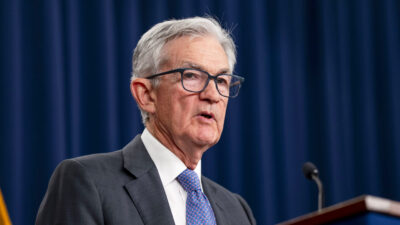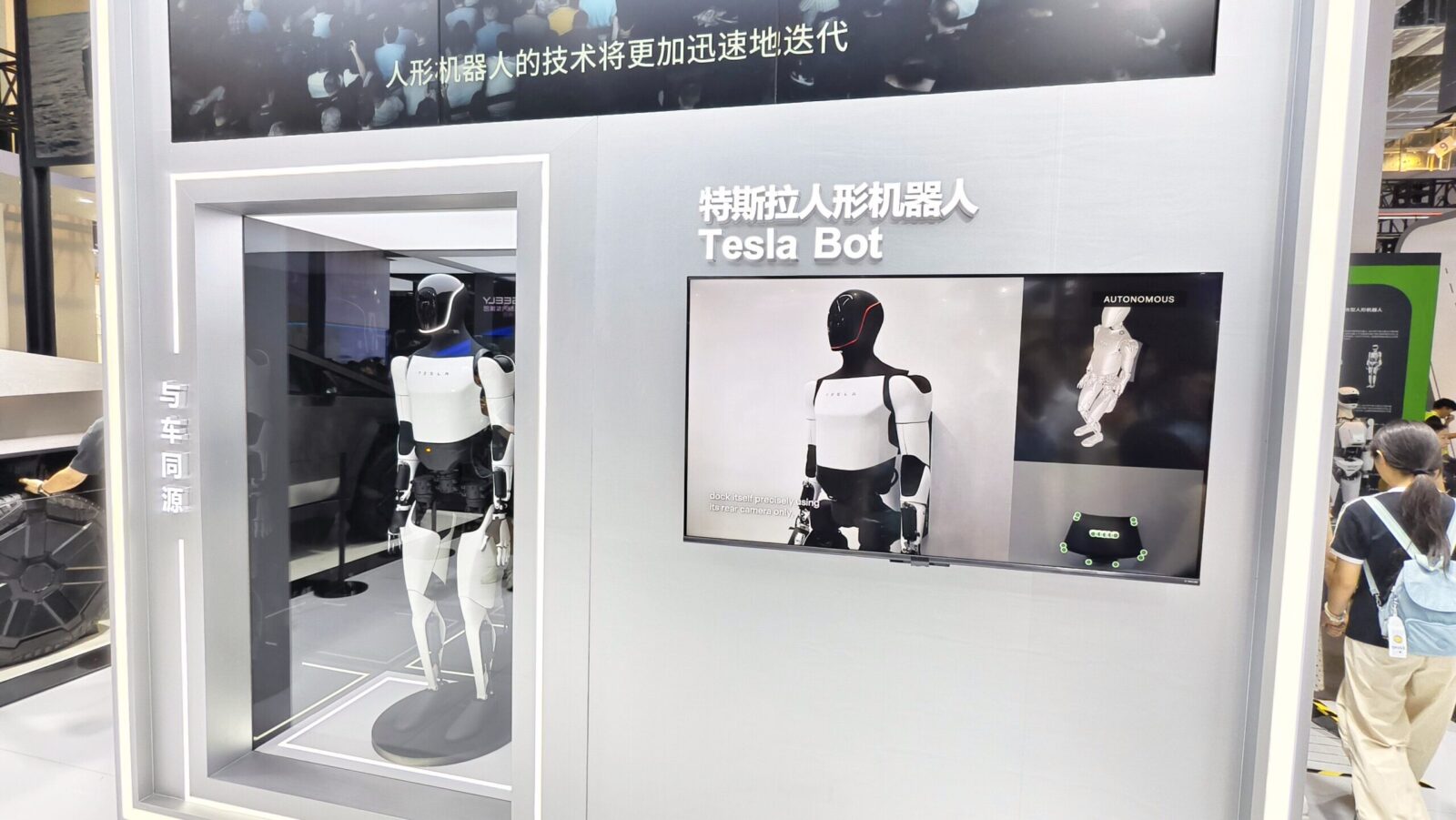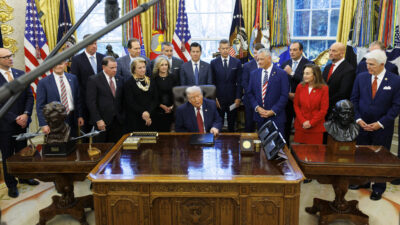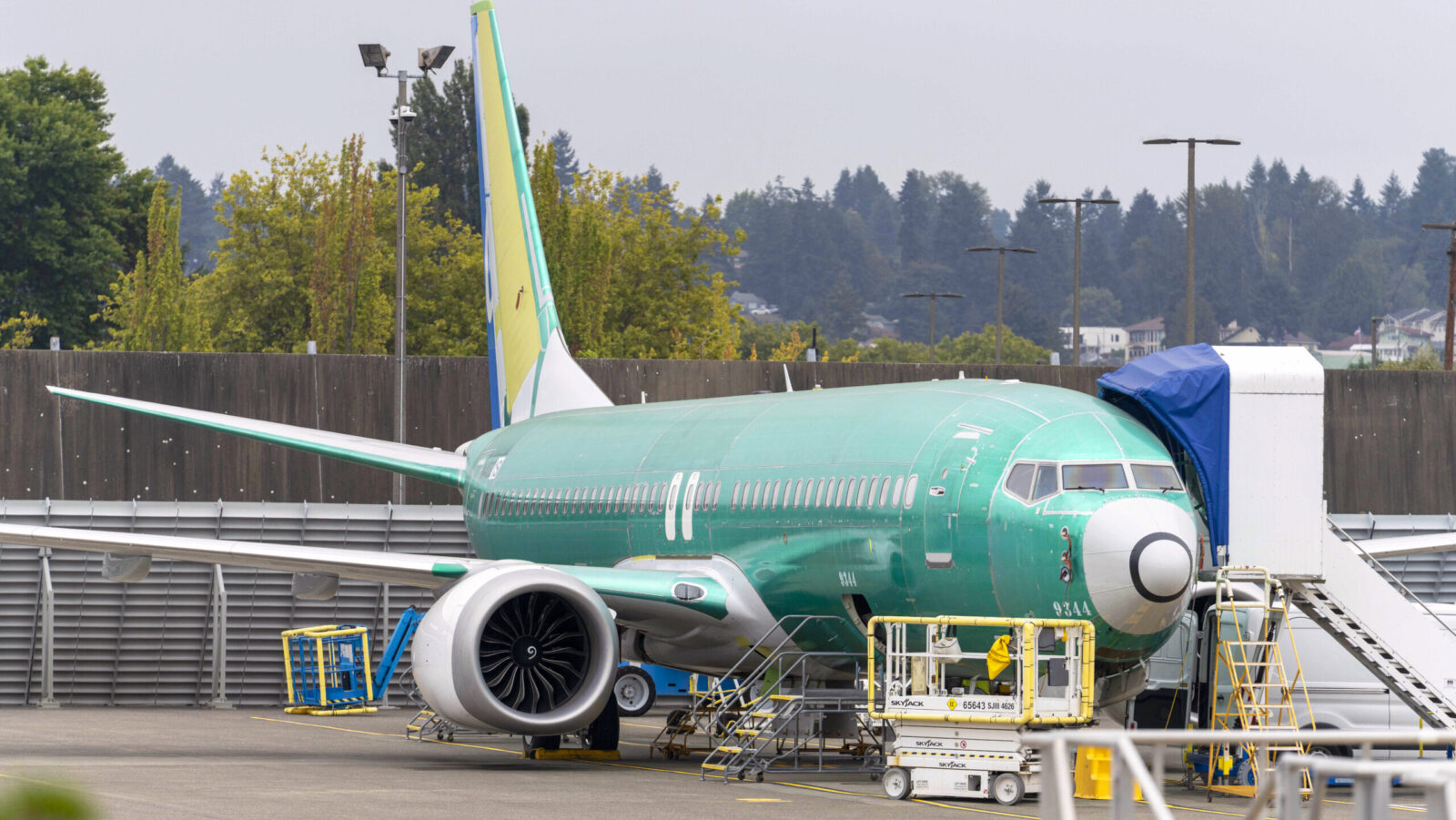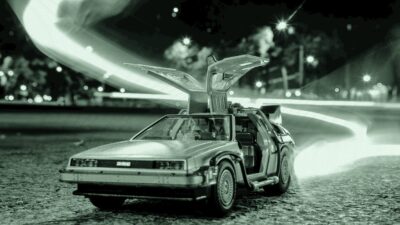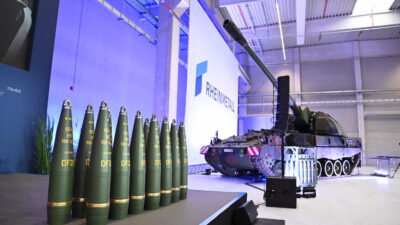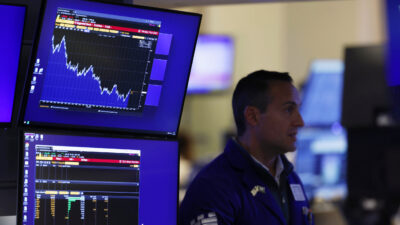Can Elon Musk’s Pajama Party Brighten Up Tesla’s Tomorrow?
Elon Musk is again sleeping at Tesla’s offices again, but that may not be enough to restart the top US EV-maker’s engine.

Sign up for smart news, insights, and analysis on the biggest financial stories of the day.
Elon Musk is sleeping at the Tesla office again as he turns his attention away from politics and back toward his portfolio of companies.
Employees could use the morale boost that may come from Musk wearing PJs in the breakroom. The EV-seller’s stock is down over 20% this year, and last quarter, it reported its biggest-ever drop in deliveries alongside its weakest profit in four years.
While Tesla is still the top EV seller in the US, for now, it’s facing threats on multiple fronts — and a CEO sleepover won’t be enough to restart its engine.
Not Living in a Simulation
Part of Tesla’s success stemmed from its leader’s popularity — CEO Elon Musk amassed fans with his bold business plans, irreverent memes, and unconventional views (some of which are straight from “The Matrix”). But that popularity has plunged as both his political and personal lives have become more polarizing.
Musk’s public falling-out with President Trump last week followed months of Musk slashing jobs as he headed up the Department of Government Efficiency (DOGE). Musk’s personal life has also made headlines, with The New York Times recently reporting on his drug use and tumultuous relationships. It seems not all press is good press:
- A third of Americans had a favorable view of Musk in April, an AP poll found, a 9% drop from December, and 65% of Americans said the billionaire CEO had too much influence on the federal government. Statistician Nate Silver clocked Musk’s net favorability (an aggregated average) at -15% as of last week.
- People are taking their anti-Musk sentiment to the streets: Hundreds of demonstrators gathered outside more than 50 Tesla showrooms as part of a “Tesla Takedown” movement that started earlier this year, urging people to “sell your Teslas, dump your stock, and join the picket lines.” One protester’s sign read, “Honk if you hate Elon.”
Fans “nearly worshiped” Musk before his fall from grace, InsideEV’s Tom Moloughney told The Daily Upside, but now, his reputation is “almost unrecoverable.” As Musk’s reputation rubs off on Tesla’s sales, the company is faced with the task of escaping the shadow of its leader, who also happens to be the world’s richest man.
No More New-Car Smell
One factor that could lead potential Tesla buyers to look past Musk’s antics: a new car. Since 2020, Tesla has launched only the Cybertruck, which hasn’t become the top-seller that Musk promised. Tesla sold 40,000 Cybertrucks last year, a far cry from its goal of 250,000.
Including the Cybertruck, Tesla has five models on the market. And all of them may already be past their sales peaks, Loren McDonald, chief analyst at the EV data firm Paren, told The Daily Upside. McDonald said Tesla needs to introduce an affordable, mass-market car that can compete with a Honda Civic or Toyota Corolla. Another quirky concept like the Cybertruck won’t fit that description — neither will the $200,000+ Roadster revival Tesla has planned.
A down-market model “could be their biggest mass market seller” and “outsell the Model Y,” Moloughney said. The Model Y is Tesla’s top seller and was the best-selling EV overall in the US last year. While a refresh of the Model Y has stoked sales in some regions, it hasn’t been enough to reverse Tesla’s global delivery declines:
Competitors have taken advantage of Tesla’s lineup lull to chip away at its market share:
- Chinese EV-maker BYD, which specializes in lower-cost cars, first outsold Tesla globally in 2023. Tesla’s sales have fallen dramatically across Europe, where JATO Dynamics found BYD surpassed Tesla this spring. Tesla remains the market leader in the US, but its share of EV sales has slipped below 50%.
- At the same time, competitors could be fighting for a smaller number of buyers. AAA’s latest survey found that just 16% of Americans say they’re likely to purchase an EV as their next car, a six-year low. As EVs face threats like tariffs rocking their supply chains and the looming end of tax credits, gas-powered and hybrid cars could have an edge.
Veering Off Course
Whether or not an affordable car can U-turn Tesla’s fortunes, it isn’t on Musk’s priority list. Reuters reported last year that Tesla abandoned plans to make a cheaper car. Instead, it seems to be staking its future on robotaxis and humanoid robots.
The CEO said last week that Tesla plans to launch its robotaxi service in Austin, Texas, as soon as next Sunday — well, “tentatively.” Musk has been promising that fully autonomous Teslas would arrive within a year every year since 2016. But Tesla has yet to deliver, and safety concerns surrounding its tech are piling up:
- The assisted (meaning it’s not fully autonomous) driving tech that Tesla has introduced is under civil and federal scrutiny following fatal accidents:
- Critics say Tesla’s fully self-driving cars aren’t road-ready, in part because they rely on cameras and AI rather than the radar and lidar sensors used by robotaxi rivals like Alphabet’s Waymo. “I think the Austin test is going to be a disaster,” McDonald said. “It has the potential for some horrible accidents because the technology is just not at Waymo level.”
Goldman Sachs analysts said Tesla’s tech choice gives it an advantage because its cars are less expensive to build. Musk has said investors that don’t believe Tesla will solve autonomous driving “should sell their Tesla stock.”
At the same time, Tesla’s putting resources into a venture that doesn’t even have wheels: humanoid robots. At an event in October, Tesla showcased its “Optimus” bot tending bar, but Bloomberg reported it was being remotely operated by humans.
Blind Spot: Tesla’s five cars make up nearly its entire revenue, but Reuters found they only factor into a quarter of its stock-market value. Investors are instead buying into the vision that Musk has promised. Even with this year’s stock slide, Tesla has a market value of about $1 trillion, more than 20 times that of GM. Musk followed through on his first big vision for the company: breaking into the auto industry to become an electric-vehicle leader. The company’s success or failure at the next bend in the road could determine its future. But if Musk’s looking too far into the distance, he could miss the turn.


